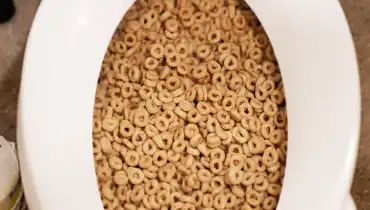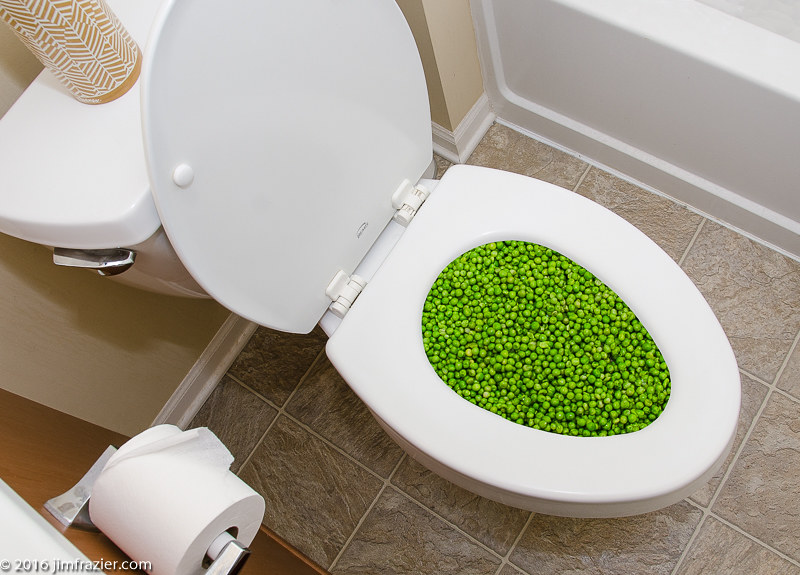Are You Allowed to Dispose of Food Down the Toilet?
Are You Allowed to Dispose of Food Down the Toilet?
Blog Article
We've unearthed this great article on Think Twice Before Flushing Food Down Your Toilet below on the internet and felt it made perfect sense to relate it with you on this page.

Intro
Lots of people are typically faced with the dilemma of what to do with food waste, particularly when it involves leftovers or scraps. One typical concern that emerges is whether it's fine to flush food down the toilet. In this short article, we'll look into the reasons individuals may consider purging food, the repercussions of doing so, and alternate techniques for appropriate disposal.
Reasons individuals may consider flushing food
Lack of recognition
Some people might not be aware of the possible damage triggered by flushing food down the bathroom. They may wrongly think that it's a harmless method.
Benefit
Purging food down the bathroom might appear like a quick and simple remedy to getting rid of unwanted scraps, specifically when there's no neighboring trash bin offered.
Idleness
Sometimes, individuals may merely choose to flush food out of large negligence, without considering the effects of their activities.
Consequences of flushing food down the commode
Ecological influence
Food waste that winds up in rivers can contribute to air pollution and damage aquatic ecosystems. Additionally, the water utilized to flush food can stress water resources.
Pipes problems
Flushing food can bring about clogged up pipes and drains pipes, creating costly pipes fixings and aggravations.
Kinds of food that ought to not be purged
Fibrous foods
Foods with coarse appearances such as celery or corn husks can get entangled in pipelines and create clogs.
Starchy foods
Starchy foods like pasta and rice can absorb water and swell, bring about obstructions in pipelines.
Oils and fats
Greasy foods like bacon or food preparation oils ought to never be purged down the bathroom as they can strengthen and create blockages.
Appropriate disposal methods for food waste
Making use of a garbage disposal
For homes outfitted with waste disposal unit, food scraps can be ground up and purged through the plumbing system. Nevertheless, not all foods are suitable for disposal in this manner.
Recycling
Particular food product packaging materials can be reused, minimizing waste and decreasing environmental influence.
Composting
Composting is an eco-friendly way to dispose of food waste. Organic materials can be composted and utilized to enhance soil for horticulture.
The significance of appropriate waste monitoring
Lowering environmental harm
Correct waste administration practices, such as composting and recycling, aid lessen contamination and preserve natural resources for future generations.
Safeguarding plumbing systems
By staying clear of the practice of flushing food down the bathroom, homeowners can stop pricey pipes repair work and keep the stability of their plumbing systems.
Conclusion
Finally, while it may be appealing to flush food down the commode for comfort, it's important to recognize the possible repercussions of this activity. By taking on correct waste management practices and getting rid of food waste sensibly, individuals can add to healthier plumbing systems and a cleaner environment for all.
FLUSH FOOD DOWN THE TOILET?
FLUSHING FOOD CAN CAUSE BLOCKED DRAINS IN YOUR HOME
All of the plumbing fixtures in your home are connected to the same sewer pipe outside of your home. This outdoor sewer pipe is responsible for transporting all the wastewater from your home to the Council sewer mains. Even small pieces of food that go down the kitchen sink can cause problems for your sewer. It should therefore be obvious that flushing larger bits of food, such as meat, risks a clog in either the toilet itself or the sewer pipes. Flushing greasy food is even more problematic because oil coagulates when it cools, coating the interior lining of your pipes.
THE TOILET IS NOT A BIN
Food isn’t the only thing that people shouldn’t be flushing down the toilet. People use the toilet to dispose of all kinds of things such as tampons, makeup wipes, dental floss, kitty litter and even underwear. Water goes to great lengths to educate residents about the high costs and stress placed on wastewater treatment systems simply from people flushing the wrong stuff down the toilet. It costs taxpayers millions of dollars each year, and homeowners thousands in blocked drain repairs.
FLUSHING FOOD IS A WASTE OF WATER
Flushing food is a waste of our most precious resource - water. In June this year Level 1 water restrictions were introduced to protect water supply from drought conditions. Much of New South Wales continues to be affected by prolonged drought with recent figures revealing up to 97 per cent of the state remains in drought. Depending on whether you have a single or dual flush toilet, every single flush uses between five and 11 litres of water. In the current climate this is a huge amount of water to be wasting on flushing food that should be placed in the bin (or better yet, the compost).
https://www.jabplumbingsolutions.com.au/blog/can-you-flush-food-down-the-toilet

I found that page about What Can Happen If You Flush Food Down the Toilet? while doing a lookup on the internet. Do you know someone else who is very much interested in the topic? Why not promote it. Thanks so much for your time spent reading it.
Schedule Here Report this page